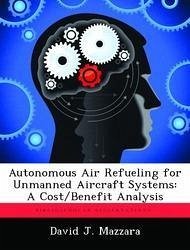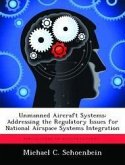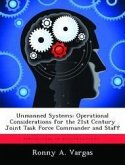Air Refueling (AR) demonstrates its critical importance on a daily basis in combat and peacetime missions all over the world. It is a crucial link enabling the global reach the US Air Force needs to fly, fight and win the current Global War on Terrorism (GWOT) and conduct various other missions in support of the US Military Strategy. Despite its critical importance to airpower, AR technology has changed little in the last 50 years. The Air Force uses the same basic refueling systems designed for Strategic Air Command (SAC) over a half-century ago. These systems require a heavy workload by the receiver pilot either maintaining position in a tight refueling envelope for the Boom System or actually making and maintaining a contact with the Probe and Drogue System. With unmanned platforms playing a larger role in the Intelligence, Surveillance and Reconnaissance (ISR) role and envisioned to one day replace the manned fighter, a system which can accomplish air refueling autonomously is being sought to enable the next generation of combat and ISR aircraft to safely conduct AR. The purpose of this research is to accomplish a cost/benefit analysis of air refueling Unmanned Aircraft Systems (UAS) used as ISR platforms, specifically high altitude endurance (HAE) class UAS such as the Global Hawk. Currently two different AAR systems are being developed and tested independently by the Air Force Research Lab (AFRL) and the Defense Advanced Research Projects Agency (DARPA) in conjunction with the Sierra Nevada Corporation. This research is not intended to determine the superiority of one system over the other however,; it is only intended to weigh the benefits and costs of the AAR concept as a whole.
Hinweis: Dieser Artikel kann nur an eine deutsche Lieferadresse ausgeliefert werden.
Hinweis: Dieser Artikel kann nur an eine deutsche Lieferadresse ausgeliefert werden.








